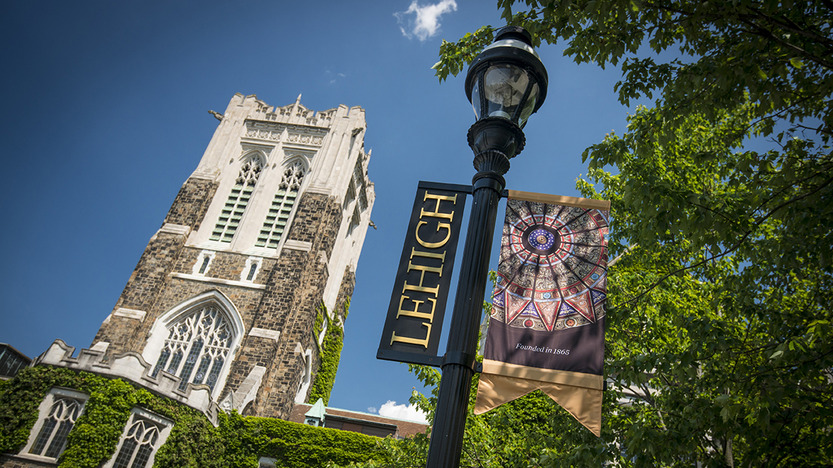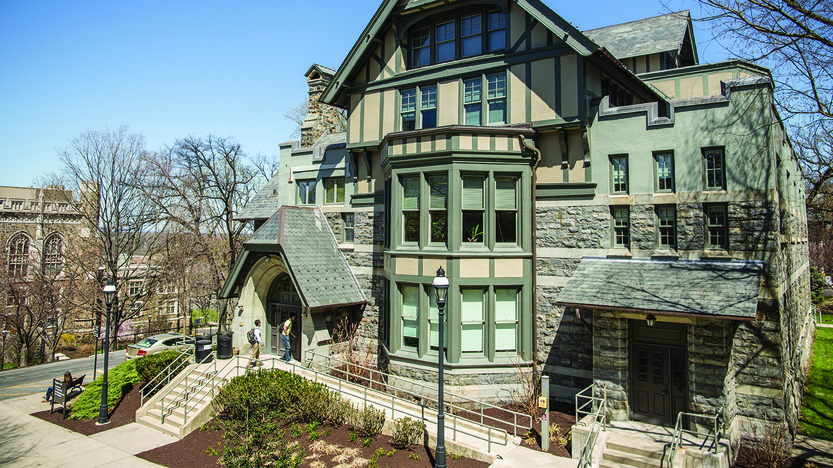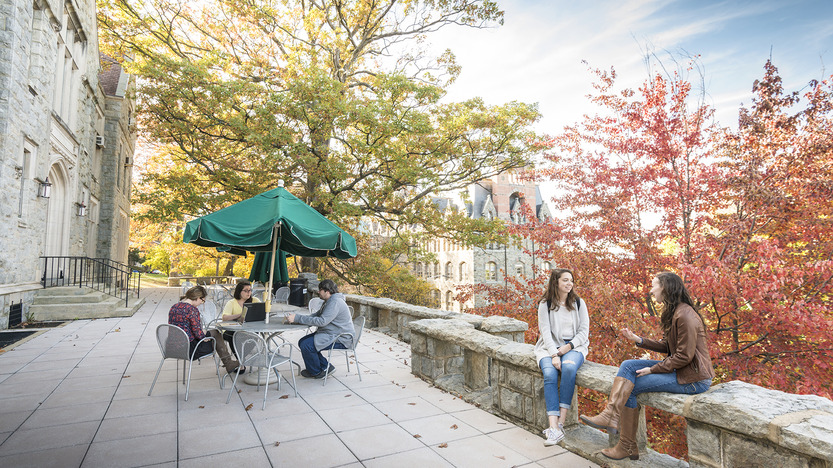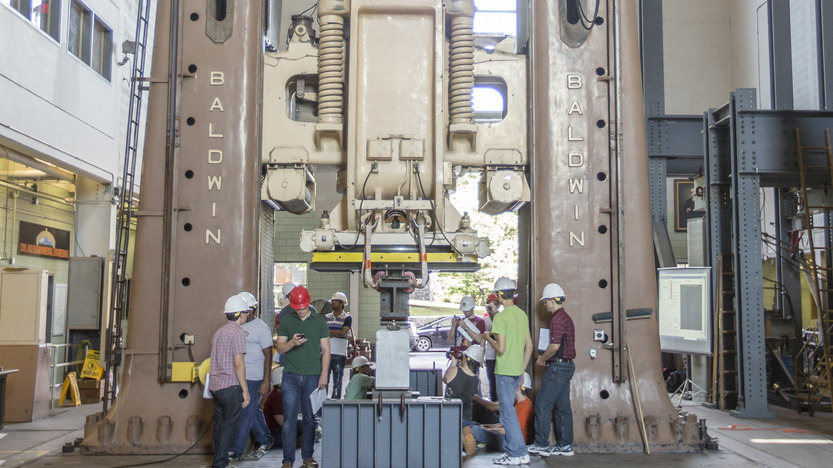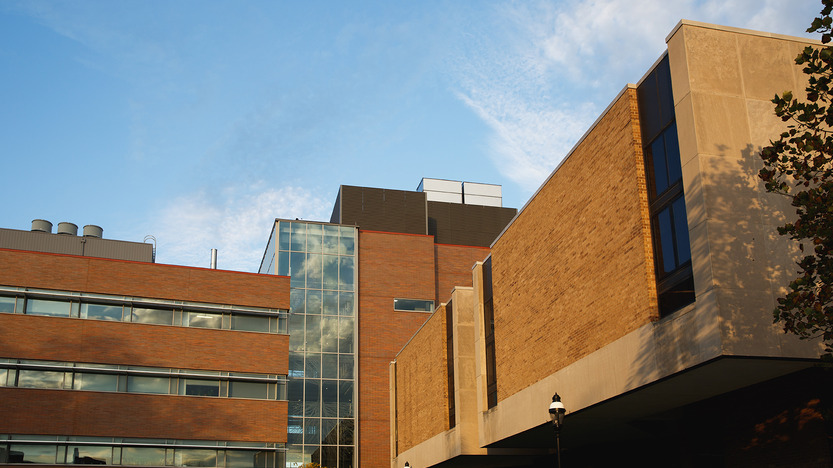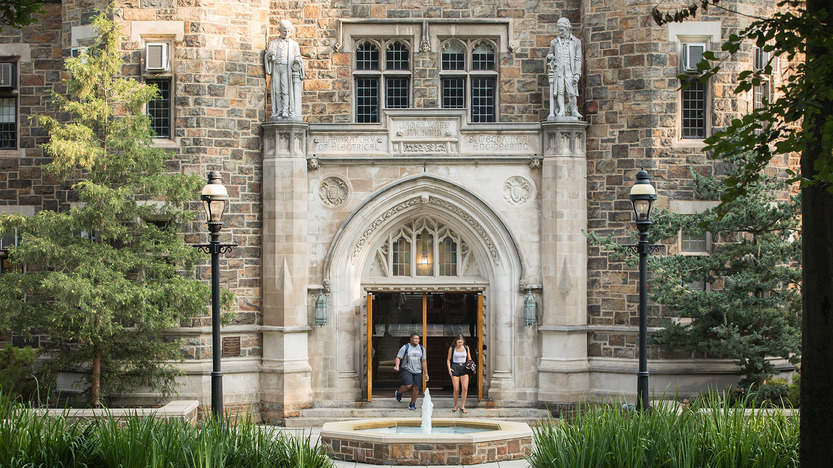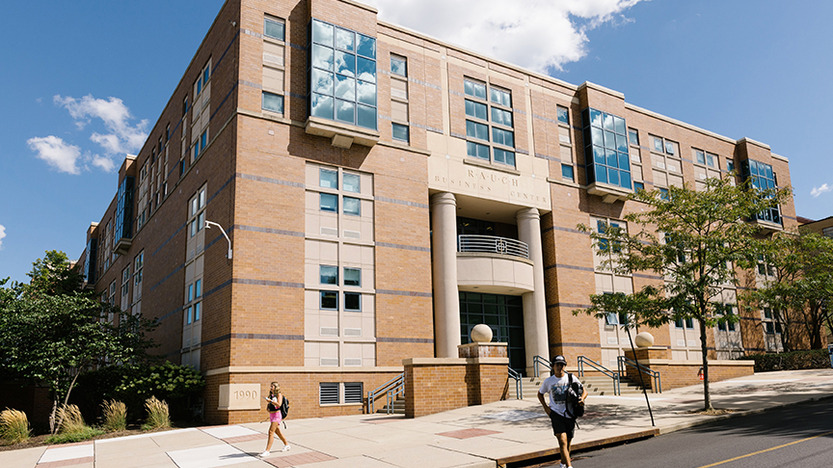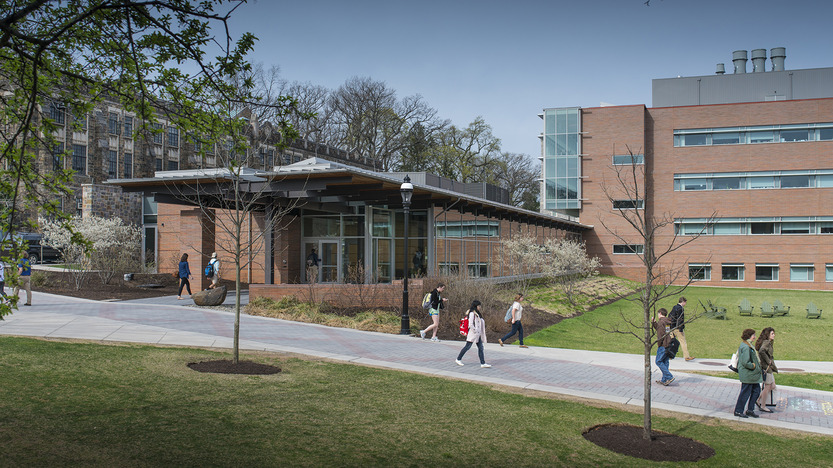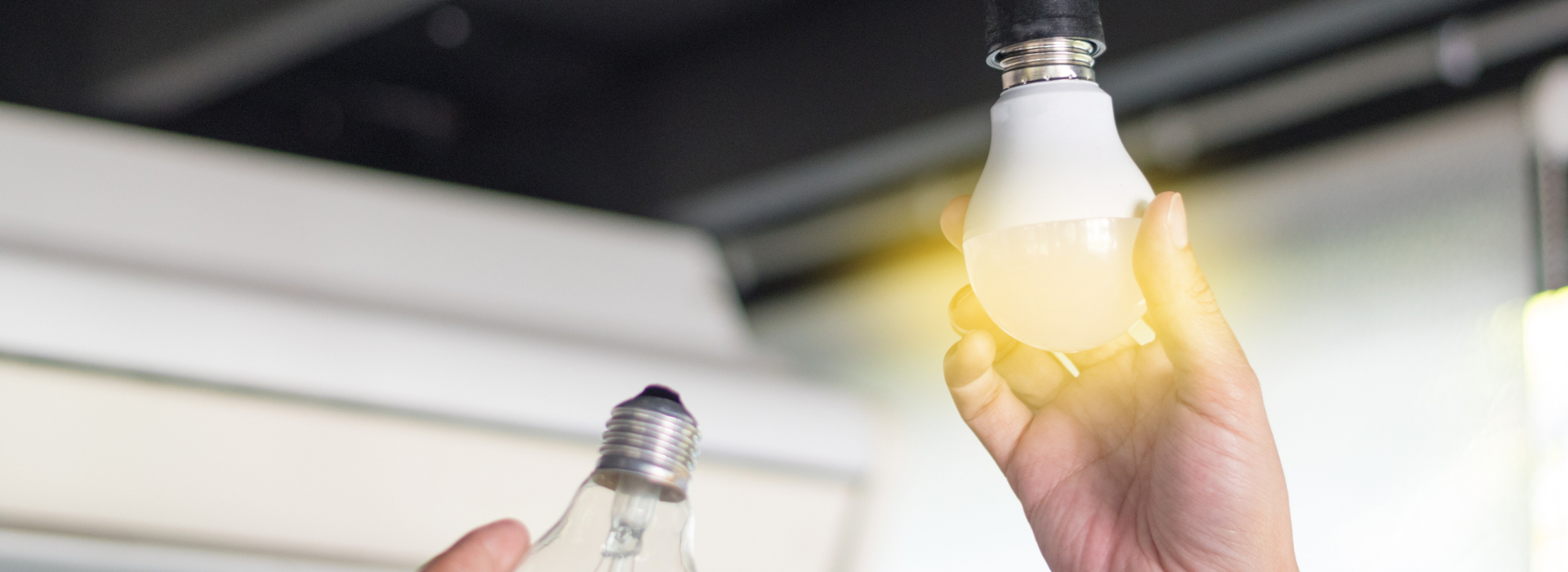
Lehigh is investing over 1 million dollars this year in LED lighting upgrades. This is the largest annual commitment to LED lighting upgrades in campus buildings to date.
Since 2017, Lehigh has been on a mission to transform campus lighting to Light-Emitting Diodes, otherwise known as LEDs, due to their energy efficiency. Annual complete building LED lighting upgrades started being planned in the fall of 2017, with the first installations occurring during the summer of 2018.
So far, 22 out of 164 buildings have been fully converted to LED lights. While that may not seem like a lot at first glance, this translates into roughly 42% of the campus square footage being upgraded to LED lighting. This is largely due to prioritizing buildings with more than 10,000 square feet.
This year’s annual complete building lighting upgrade project includes 8 buildings: Alumni Memorial, Coppee Hall, Drown Hall, Fritz Engineering Laboratory, Maginnes Hall, Packard Laboratory, Rauch Business Center, and STEPS. In each building bulbs, lamps, and fixtures (as needed) are being upgraded and there will be more lights with dimming capabilities. Automated controls, such as time-clocks, occupancy sensors, vacancy sensors, and photoelectric (daylight) sensors, will be strategically placed with a focus on public spaces that no particular person has control or responsibility for.
People in all of these buildings will notice a significant improvement in lighting. Not only will the lighting be brighter, but the color temperature will also be more consistent within spaces. The color temperature of the LED lights will be selected based on the usage of the space in which they are being placed. For example, more active spaces will have higher color temperature lights while residential spaces will have warmer color temperature lights that are intended to be more relaxing. Fritz Lab will also have the upgraded effect of an immediate lighting response for the high bay areas, meaning the staff will no longer have to wait for the lights to slowly warm up to full brightness.
The first lighting survey for the buildings being upgraded now started on Friday, November 18, 2022. To complete the installations scheduled for this year, it is estimated that it will take three electrical contractors, each having a crew of 2-4 electricians working full-time. This means on any given day it is expected that around 10-12 electricians will be on campus working.
Significant Energy and Cost Savings through LED Lighting Upgrade
While this is a large investment for the University, it will produce significant savings both in terms of energy and dollars. It is estimated that this round of building upgrades will reduce electrical demand by 283 kilowatts and save 1,729,000 kilowatt hours per year, which is equivalent to the yearly energy usage of 163 average homes in the United States. This translates into a 49%-69% reduction in lighting electrical energy costs per building, which is not insignificant. According to the U.S. Energy Information Administration (EIA), lighting is approximately 17% of a commercial building’s electrical load.
So what does this energy savings translate into in terms of dollars? It is estimated that the University will save approximately $181,500 per year just by upgrading these eight buildings. In addition, thanks to PA Act 129 Electric Company Energy Efficiency Programs and Rebates, it is expected that the University will be able to receive an estimated $160,000 in rebates. The University will also receive payments for up to four years after the energy efficiency project has been completed and verified from the PJM Capacity market. This results from monetizing the 283 kilowatts of electrical demand reduction in connected building loads being removed from the electricity grid. These rebates and payments partially reimburse Lehigh for the material and labor costs paid upfront for the project. Lehigh uses these funds to seed the next year’s lighting upgrade projects.
In addition to the reduced energy usage and financial savings, there are additional savings that Steven K. Schlegel, P.E., CEM, MBA, the Energy Conservation Engineer at Lehigh said are “hard to put a number to”. He continued on to say, “This year’s lighting projects are the University’s largest annual commitment to LED lighting to date. Reducing the University’s electrical load by using high-efficiency LED lighting products reduces the University’s operating costs and is essential for meeting sustainability goals. The benefits of LED lighting products extend beyond the direct electrical usage reduction. LED lighting generates significantly less heat in a room, reducing the air conditioning load which means the air conditioning equipment operates less, saving additional electricity and potentially increasing the life of the air conditioning equipment. LED products also last 2-5 times longer than fluorescent products. This reduces replacement costs, both the product purchase costs and the maintenance labor costs”.
This year’s LED building upgrade project started in late May and is expected to be completed mid-Fall of this year. To see the complete list of buildings already upgraded to LED lighting products head to LU Facilities website page Energy and Water Conservation.

